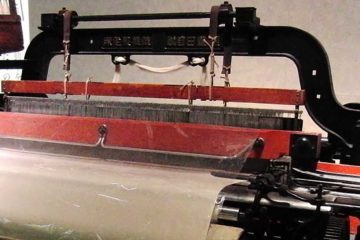Continuous Flow
Continuous flow is the act of moving a product through the production process from start to finish without stopping. In pure continuous flow, the cycle time equals the lead time, as the product never sits in a queue waiting to be worked on. Contrast this to batch and queue production in which larger groups of parts move as a unit and then wait for an operator to have time to work on them. Continuous flow Read more…

